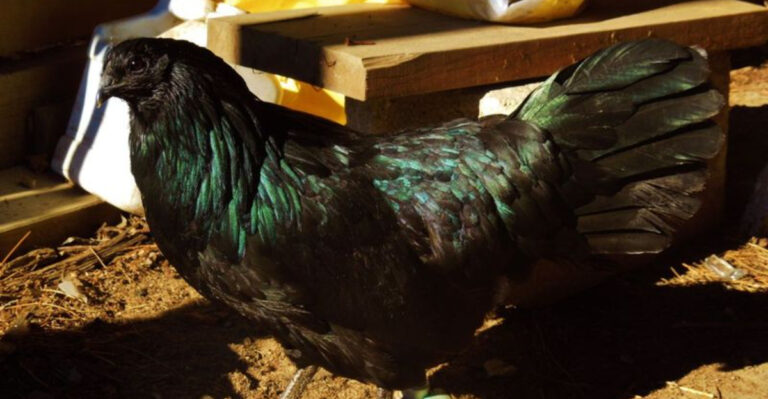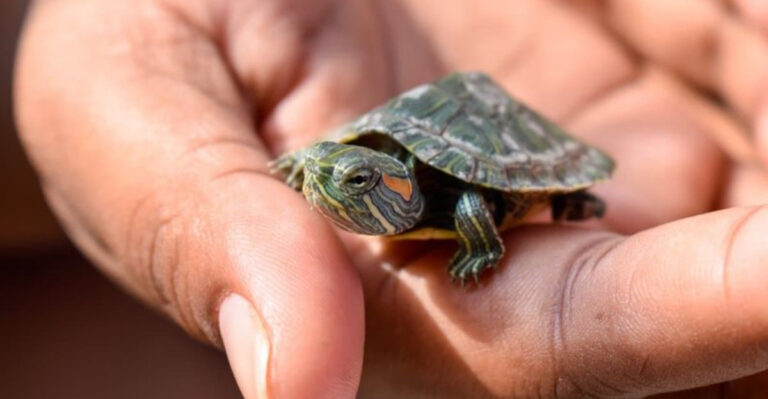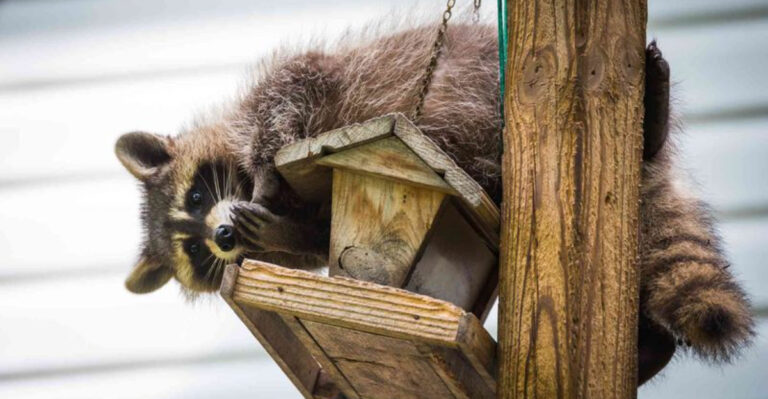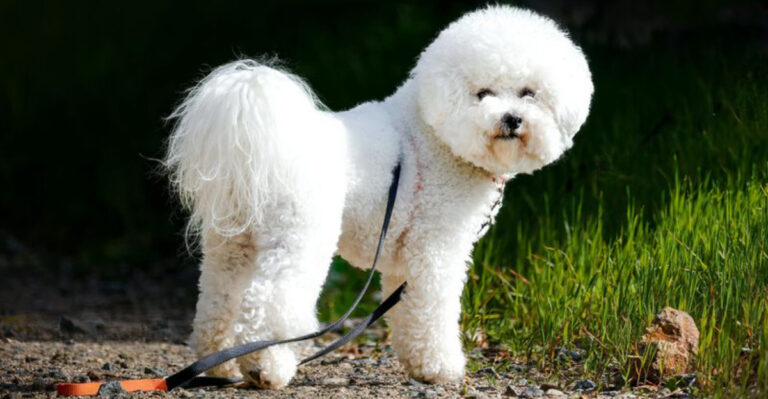9 Surprising Reasons Why Your Cat Headbutts And Then Bites You
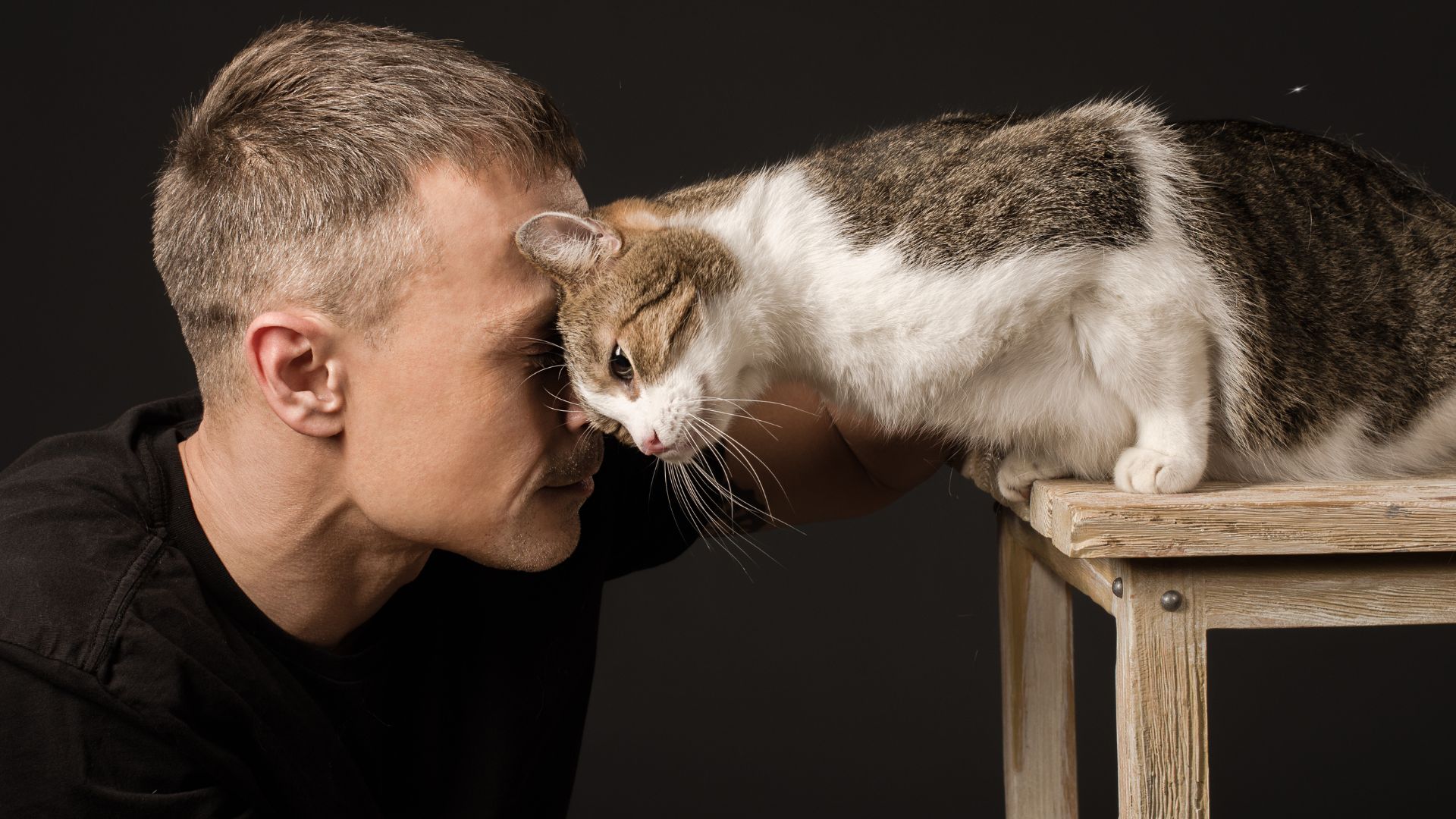
Cats are mysterious creatures, often leaving us puzzled with their quirky habits. One such behavior is when they headbutt you, only to follow it up with a bite.
Understanding these actions can help strengthen your bond with your feline friend, as each behavior carries its own meaning. Here are some surprising reasons why your cat might headbutt and then bite you, explained in a way that will help you decode this curious cat communication.
1. Affectionate Greeting
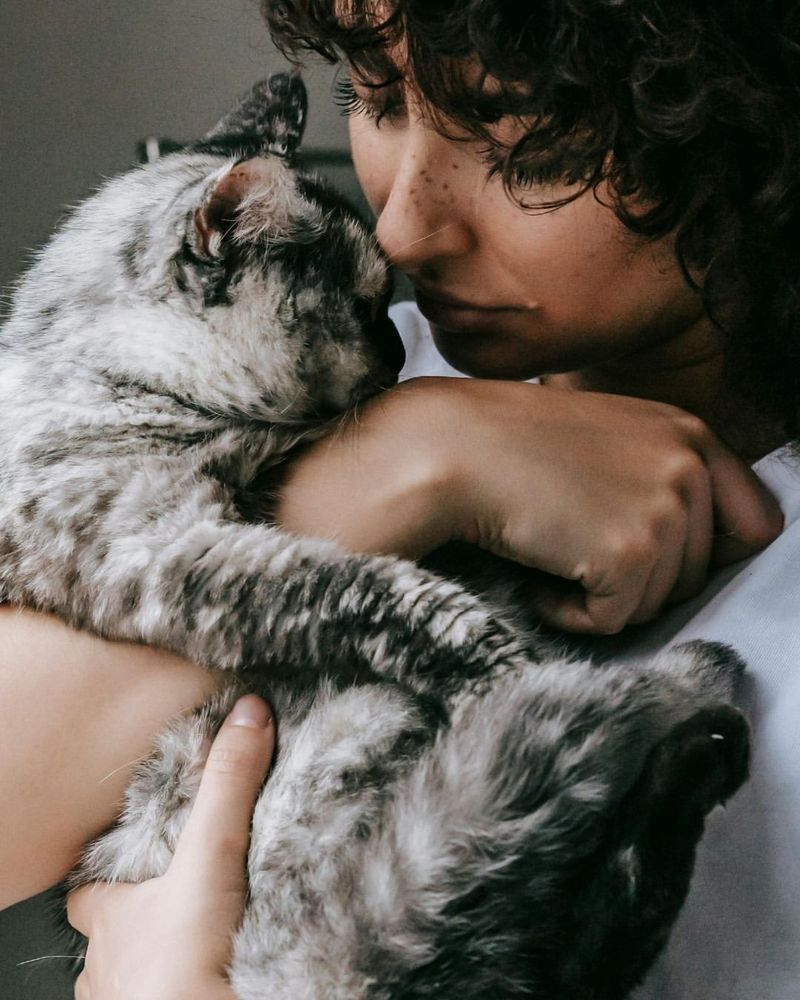
When a cat headbutts you, it often signifies affection and trust. This behavior, known as “bunting,” allows cats to mark you with their scent glands located on their head, claiming you as part of their territory.
However, if a gentle bite follows, it might just be your cat being playful or wanting your attention. Cats sometimes use playful nibbles to communicate a desire for more interaction.
2. Overstimulation
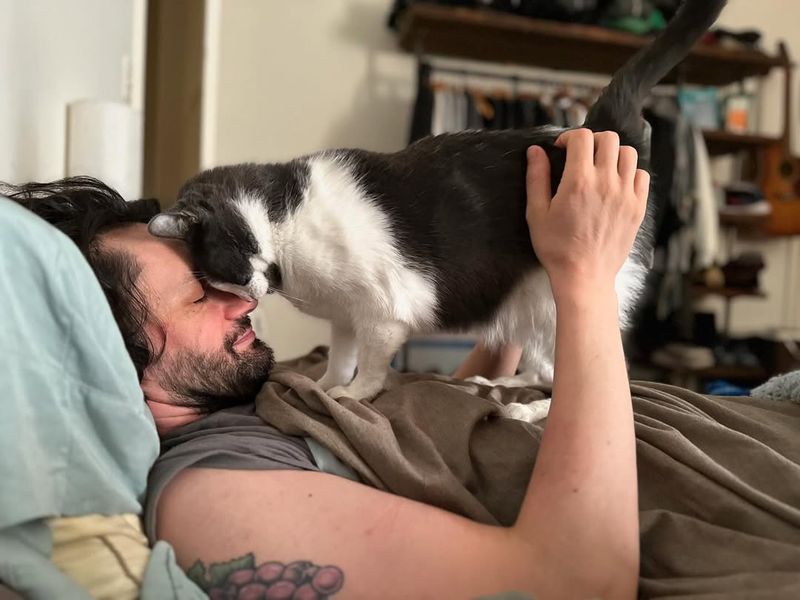
Cat’s love for petting has a limit. Although they might enjoy headbutting as a form of affection, prolonged contact can lead to overstimulation. When a cat bites after a headbutt, it’s often a signal that they’ve reached their threshold.
It’s crucial to pay attention to their body language, watching for signs like twitching tails or flattened ears.
3. Territorial Assertion
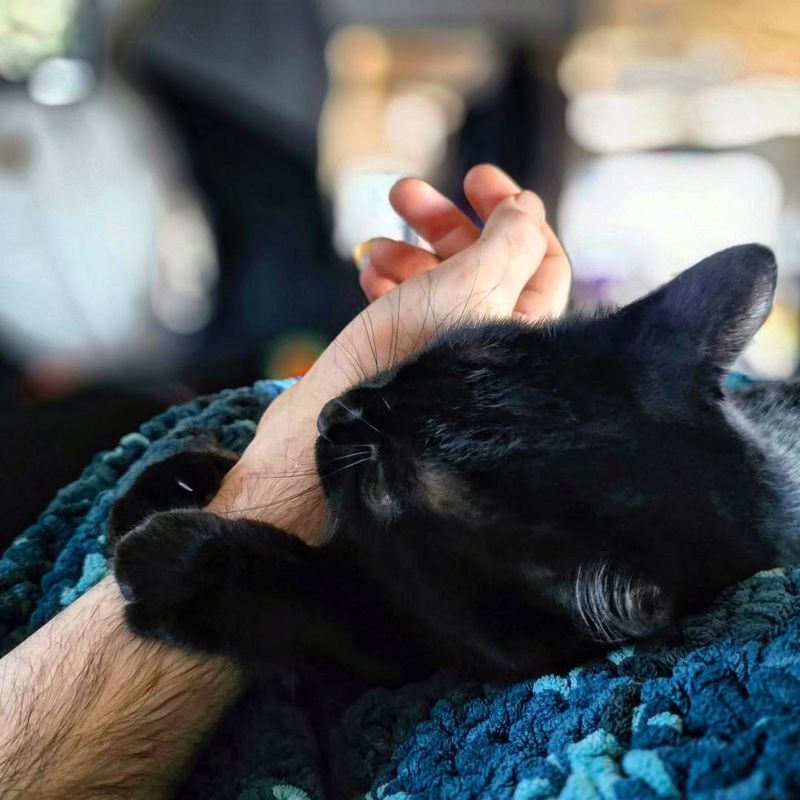
Cats are territorial creatures by nature. When your cat headbutts you, it could be an act of marking its territory, including you in its domain. The subsequent nibble can be a reinforcement of this claim. By biting, your cat might be signaling other pets or people that you are theirs.
Recognizing this behavior helps in understanding your cat’s social structure and their need for establishing boundaries.
4. Misdirected Play
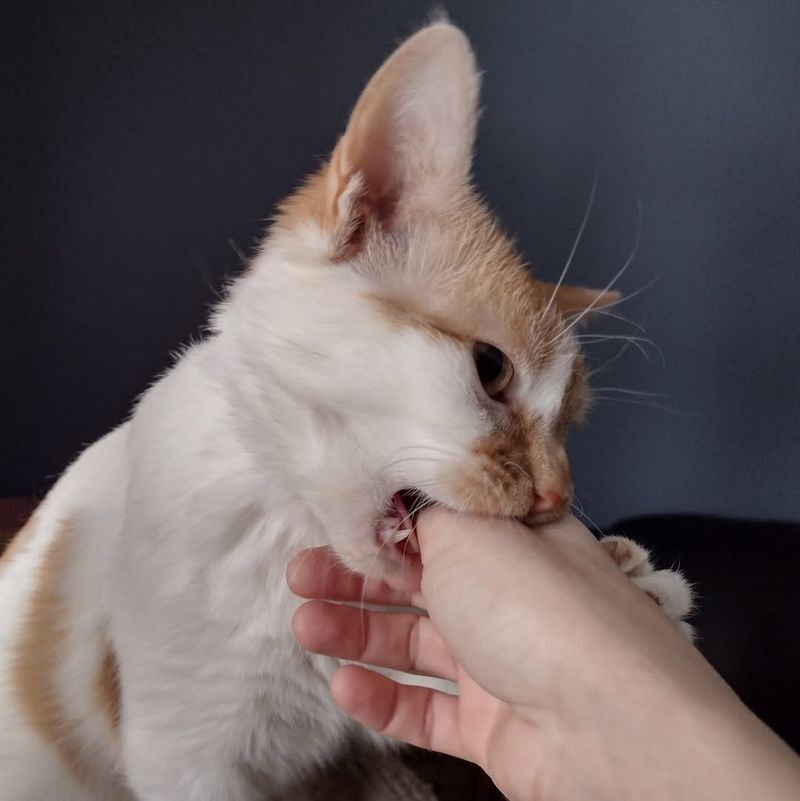
Play behavior in cats can sometimes be misdirected. Headbutting can initiate play, but a bite might follow if your cat becomes overly excited. This action is typical in younger cats or those with high energy levels.
Offering a variety of toys can redirect this playful energy away from your skin, minimizing the chance of bites.
5. Communication Of Needs
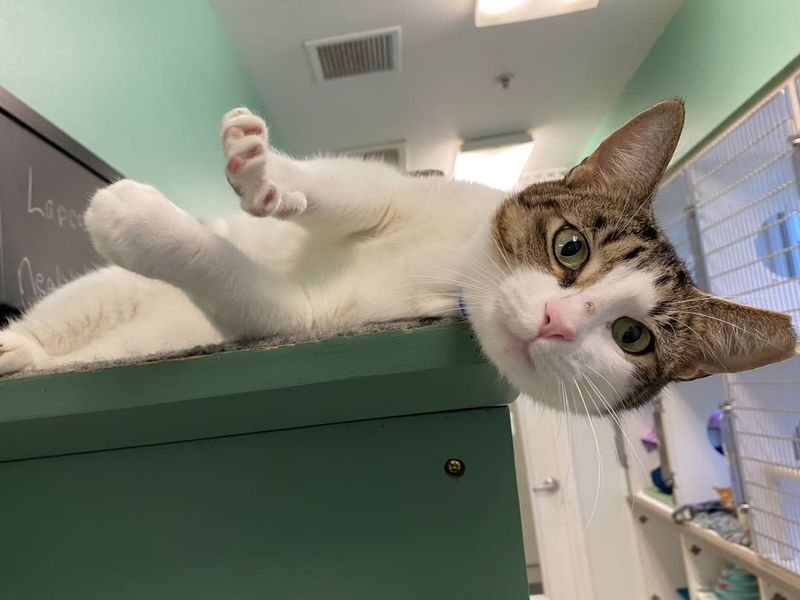
Cats use headbutting as a form of communication, often trying to convey their needs. If a bite follows, it might indicate frustration if these needs are unmet. Perhaps your cat is hungry, thirsty, or simply wants attention.
By observing their environment and ensuring their basic needs are met, you can reduce these biting incidents. Ensuring a routine that includes feeding, playing, and resting will keep your cat satisfied and lower their need to communicate through more assertive actions like biting after a headbutt.
6. Sensory Exploration
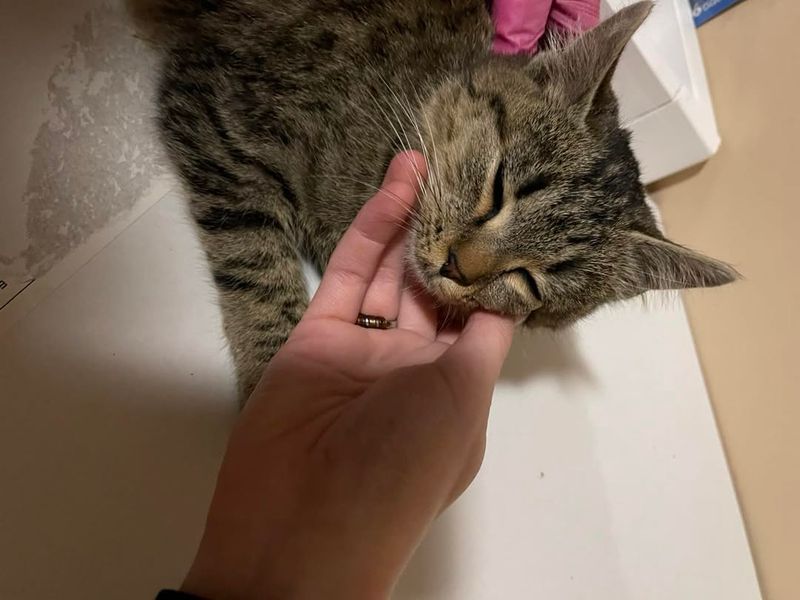
Cats are naturally curious animals. Headbutting allows them to explore their environment through scent marking. A bite that follows can be part of this exploration, as they test textures and reactions.
This behavior is more common in young or adventurous cats who are learning about their surroundings. Providing a stimulating environment with new objects to explore can satisfy this curiosity.
7. Attention Seeking
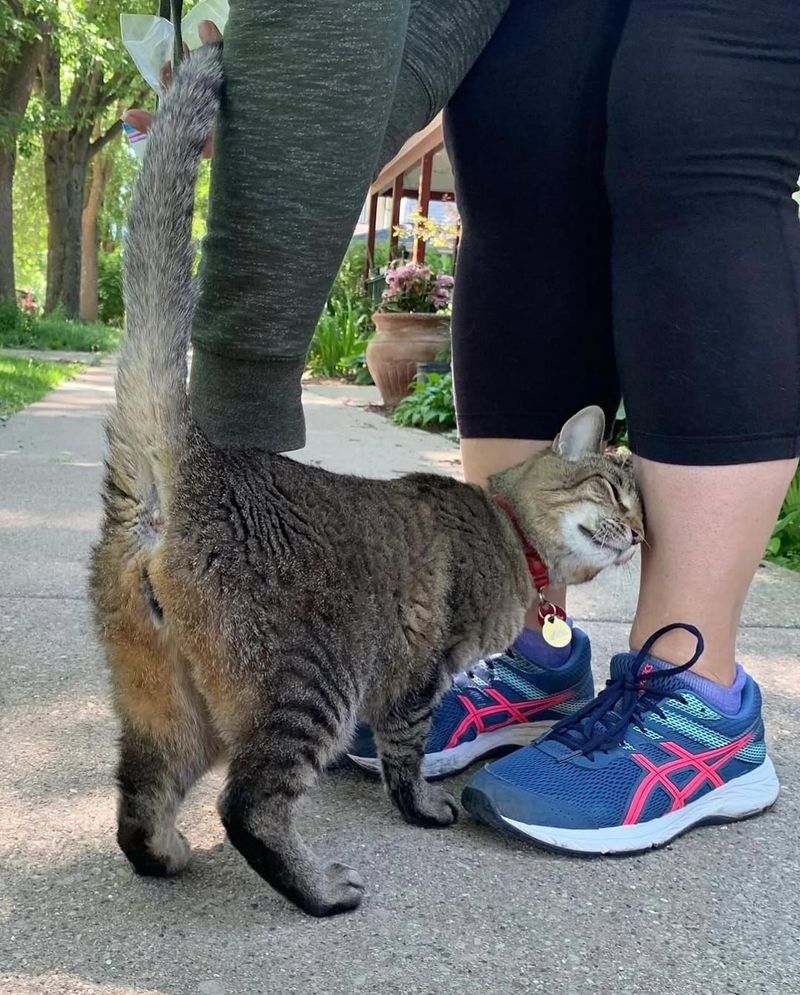
When your cat headbutts you, followed by a gentle bite, they might be trying to capture your attention. This is often a call for more interaction, whether it’s petting or playtime.
Cats, being social animals, crave attention and can become inventive in their methods to achieve it. By responding to their cues and providing regular, engaged interaction, you can fulfill their social needs.
8. Stress Relief
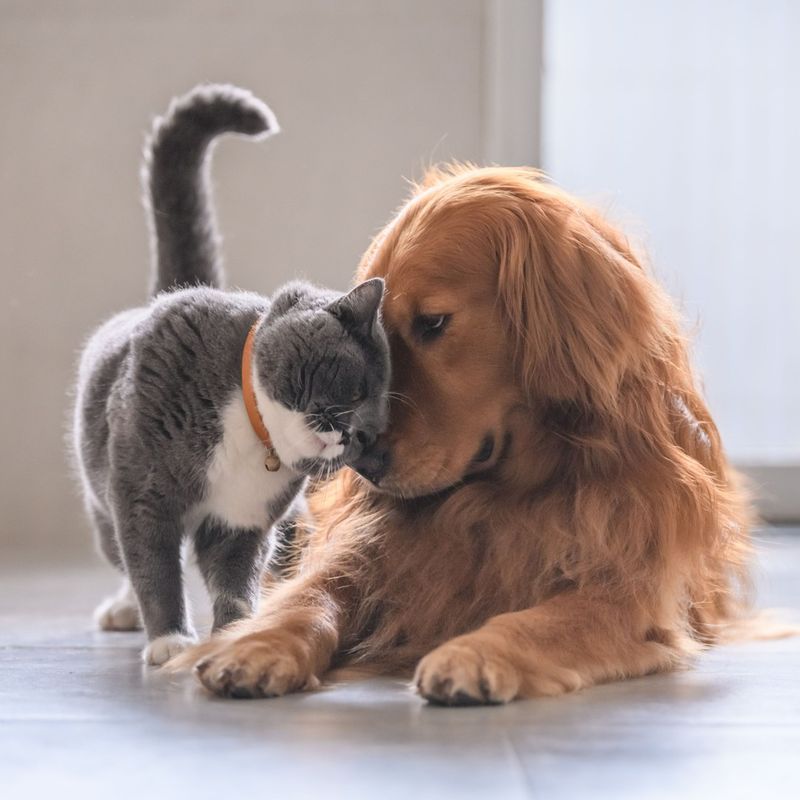
Headbutting combined with biting can sometimes be a stress-relief mechanism for cats. This dual action might occur when they’re attempting to self-soothe. Cats can experience stress from various sources, such as changes in their environment or routine.
By ensuring your cat has access to comforting spaces and familiar scents, you help mitigate stress. Creating a stable environment with regular routines and safe spaces can aid in reducing anxiety.
9. Expression Of Discomfort
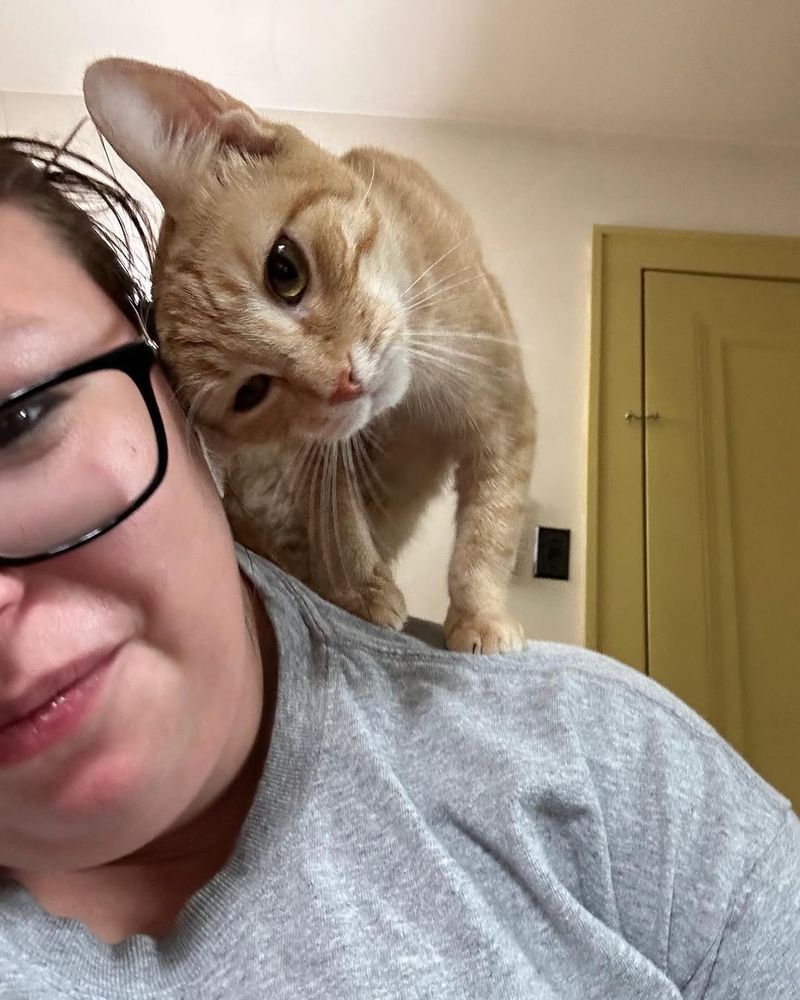
Sometimes, a headbutt followed by a bite can indicate discomfort or irritation. This combination may occur if your cat has had enough petting or is touched in a sensitive area.
Paying attention to your cat’s body language is crucial, as signs like ears moving back or a flicking tail can indicate it’s time to stop. Respecting their boundaries can prevent stress and maintain a trusting relationship.

